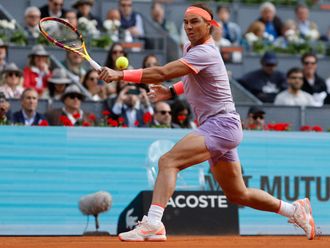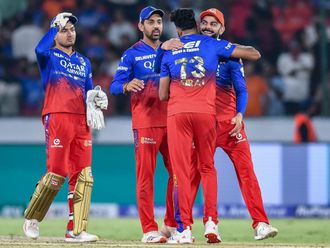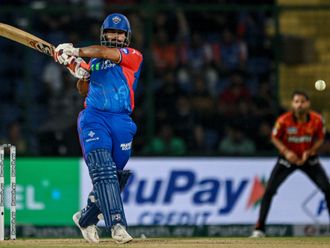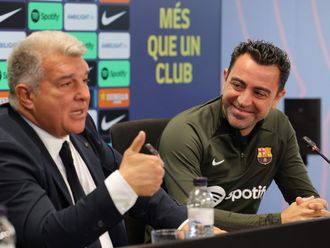This week, the oldest golf championship in the world returns for its 145th edition, and the recent form of some of the leading protagonists will surely make for a fascinating battle at Royal Troon.
As is usually the case with major championships, the time-tested links course on the western coast of Scotland will be as much in the spotlight as some of the top stars.
The first Open was played at Royal Troon in 1923, and over the years, two of its holes have become legendary – the No8 (Postage Stamp) and No11 (Railway). Not taking away anything from the other 16 holes, but these two are brilliant design.
I have always been a great fan of well-designed short par-3s. And if they change character because of wind speed and the direction from which it is blowing, then even better. Postage Stamp is one such hole.
It’s just 123 yards long, but surrounded by five bunkers, and players will have to be extra careful not to venture into any, especially the one on the right.
As for the 11th hole, even the great Jack Nicklaus has taken 10 shots once to complete the par-4 hole. It really is one of the toughest par fours in major golf with gorse everywhere and a railway line down the right.
Looking at the players, some of the storylines that stand out are Dustin Johnson going for his third win in three starts, Rory McIlroy’s return to the Open after last year’s injury heartbreak and Jason Day’s completion of one year of dominance.
Johnson has finished in the top-five in his last four starts and won his last two tournaments – the WGC-Bridgestone Invitational and the US Open. Sustaining your form in a sport as complicated as golf over three tournaments spread out over 5-6 weeks may seem impossible, but it has been done in the past, most recently by Rory in 2014 when he won the Open, Bridgestone and the PGA Championship.
Rory himself will be the man best placed to stop Johnson. I get a feeling he is hurting from the criticism he is facing over his Olympics withdrawal, and obviously, he missed out the chance of defending his title at St Andrews last year because of the ankle injury. He will be mad keen to reclaim the Claret Jug.
Day has said time and again how the finish at the Open in St Andrews last year – he was just one shot adrift of making the play-offs – changed his mindset and provided the starting point for his magnificent run that has included seven wins since then. The Aussie is very mindful of the history of the game and knows he will have to show his prowess on links courses if he wants to be counted among the best in history, and this is his great chance.
The build-up to the Open was hijacked by the Olympics issue. On Monday, the International Golf Federation announced the names of the 60 men and women golfers who have qualified for the Rio Games.
Obviously, the fact that the top four male players have decided to skip it because the Zika virus threat was the talking point.
Coming from a country like India, where golf is still a developing sport, the fact that our sport is in the Olympics is huge for me.
Unlike the top stars from countries like USA, South Africa, Australia and Ireland, where golf is already established, we have a lot to gain from the inclusion.
I will give you a very simple reason. Government money in India is spent on sports that are under the Olympics umbrella. Golf has rarely benefited from government’s grants in India, and there is a great possibility that we might get training programmes, equipment and playing facilities funded, just because we are now part of the Olympics.
Can you imagine how different things will be in India for golf if the government decides to build just one public driving range in every Tier A city in the country? It will be a golfing revolution.
Meanwhile, India will be represented by three players – Anirban Lahiri and Shiv Shankar Prasad Chawrasia in men’s and Aditi Ashok in women’s.
I wish them all the best.
(Jeev Milkha Singh is a four-time champion on the European Tour)








